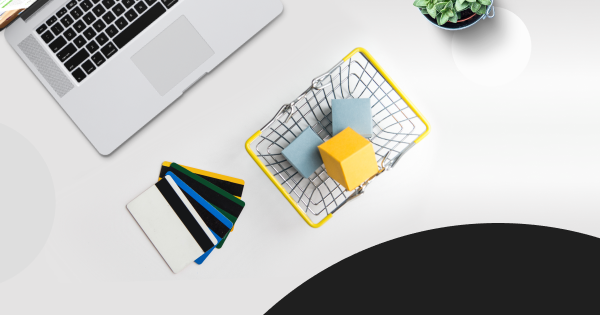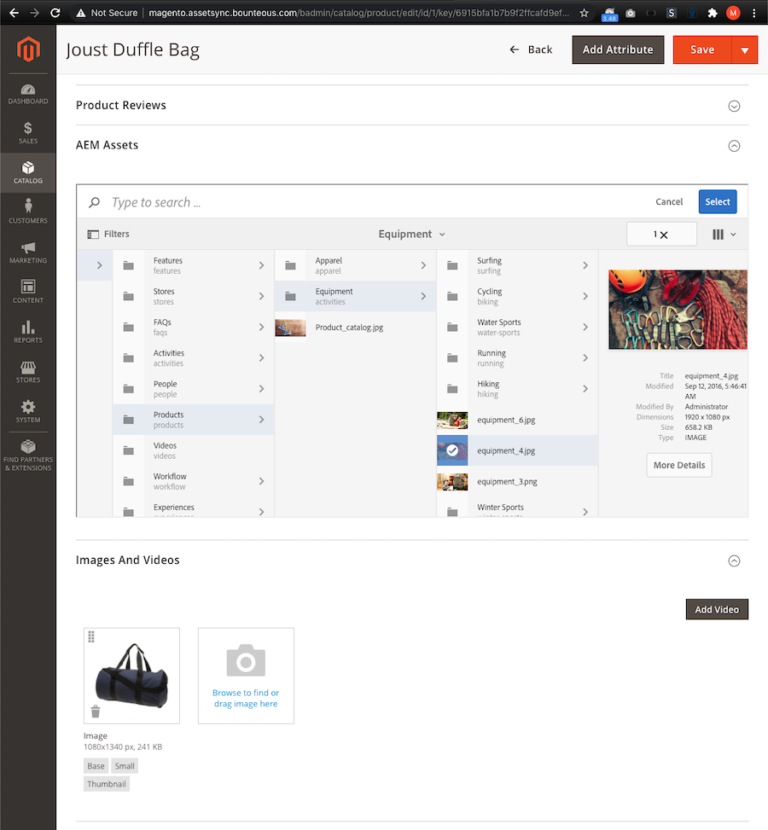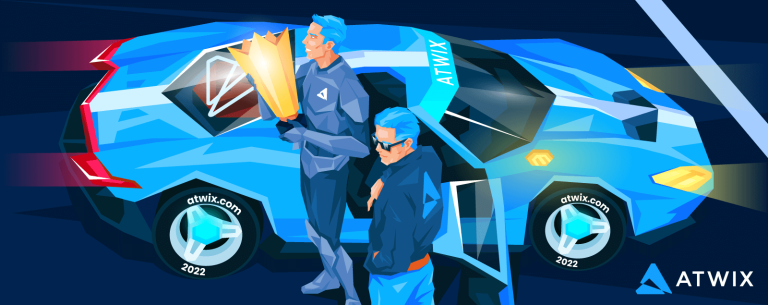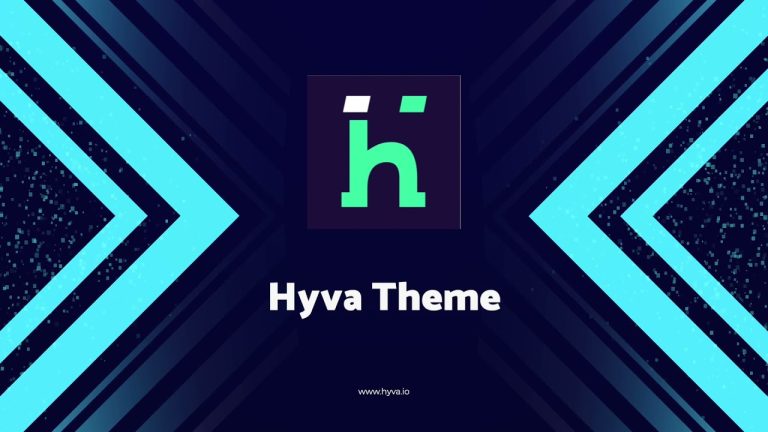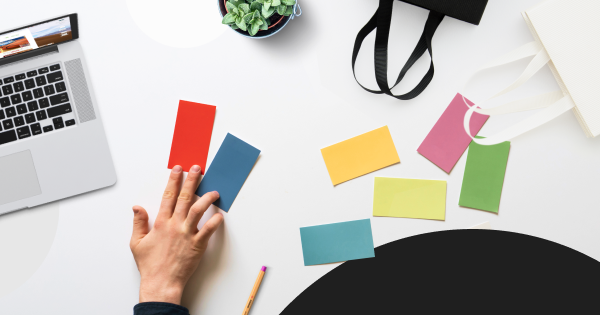
Reading Time: 8 minutes
Image Source
Identify your message clearly and concisely, and then begin matching colors to it. Let’s take the spa example again, and think about the message you’d want to send if you were a spa owner. It might sound something like…
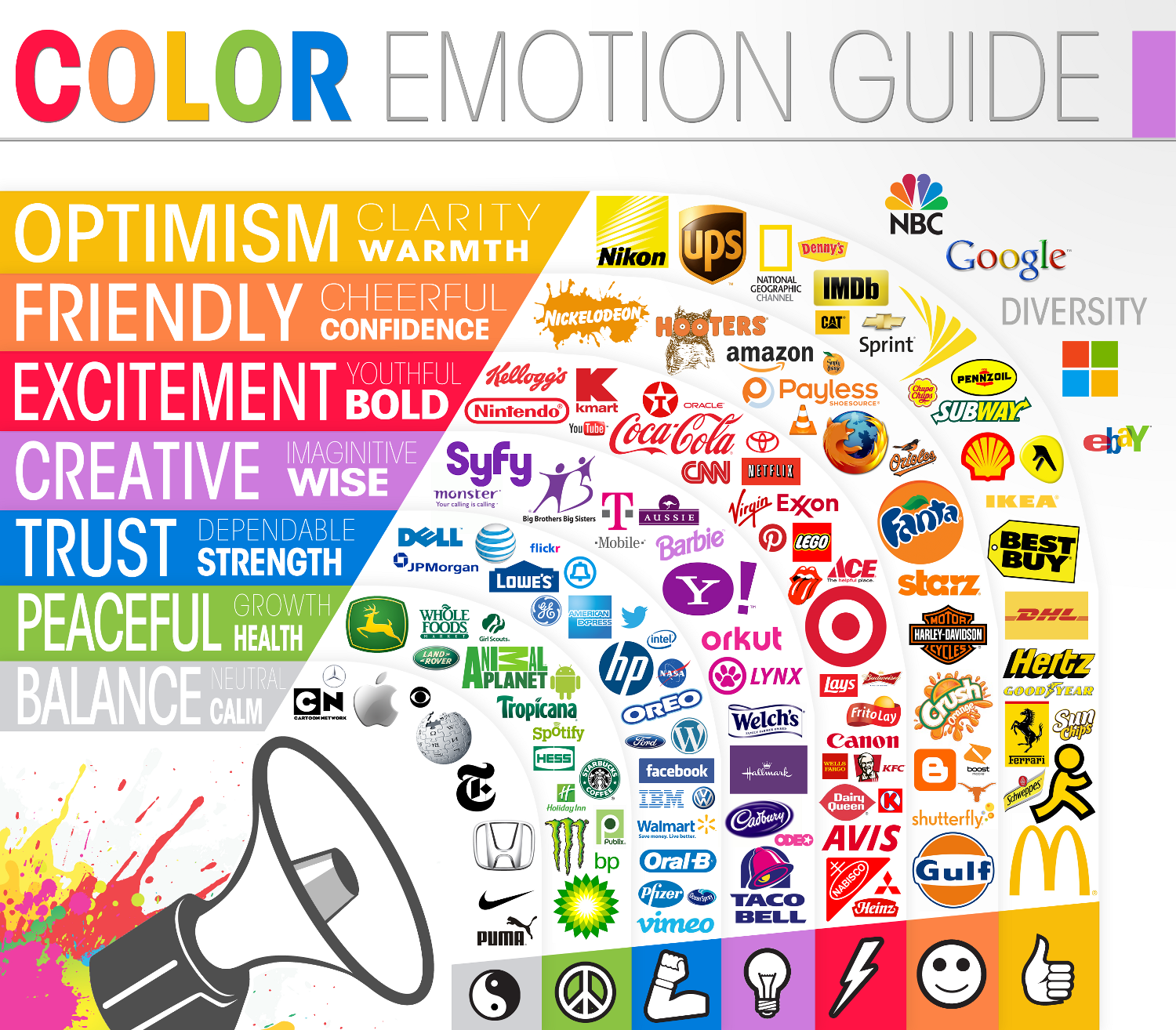
About the author:
Believe it or not, there is a universally accepted “ugliest” color. It is called Pantone 448 C and is used for tobacco product packaging to discourage buyers by the government.
Hues, Tints, Shades, & Tones
Hues, tints, shades, and tones are ways that pure colors can be changed. The traditional color wheel shows only pure colors, otherwise known as hues. But as you already know, there are a lot more colors out there to explore, and different versions of pure colors that we’ve already analyzed.
Utilizing color psychology in your marketing consistently and with intention can lead to increased sales and a stronger brand identity. There aren’t magic colors that make people buy, nor are there colors that make people want to spend money, but there are colors that influence human behavior to make people more likely to make purchases.
For instance, tints are often linked to peace and tranquillity and are also referred to as pastels.
By putting color at the forefront of your marketing, you can begin to influence how customers behave and perceive your website. Choosing colors to use in marketing your eCommerce website plays a role in determining your brand identity.
The human eye is usually seeing tints, shades, and tones as there are very few hues, or pure colors, in day-to-day life. Creating tints, shades, and tones don’t change the hue of a color, but rather makes a hue lighter, darker, or less vibrant. Subsequently, changes to a hue can drastically affect the message being conveyed.
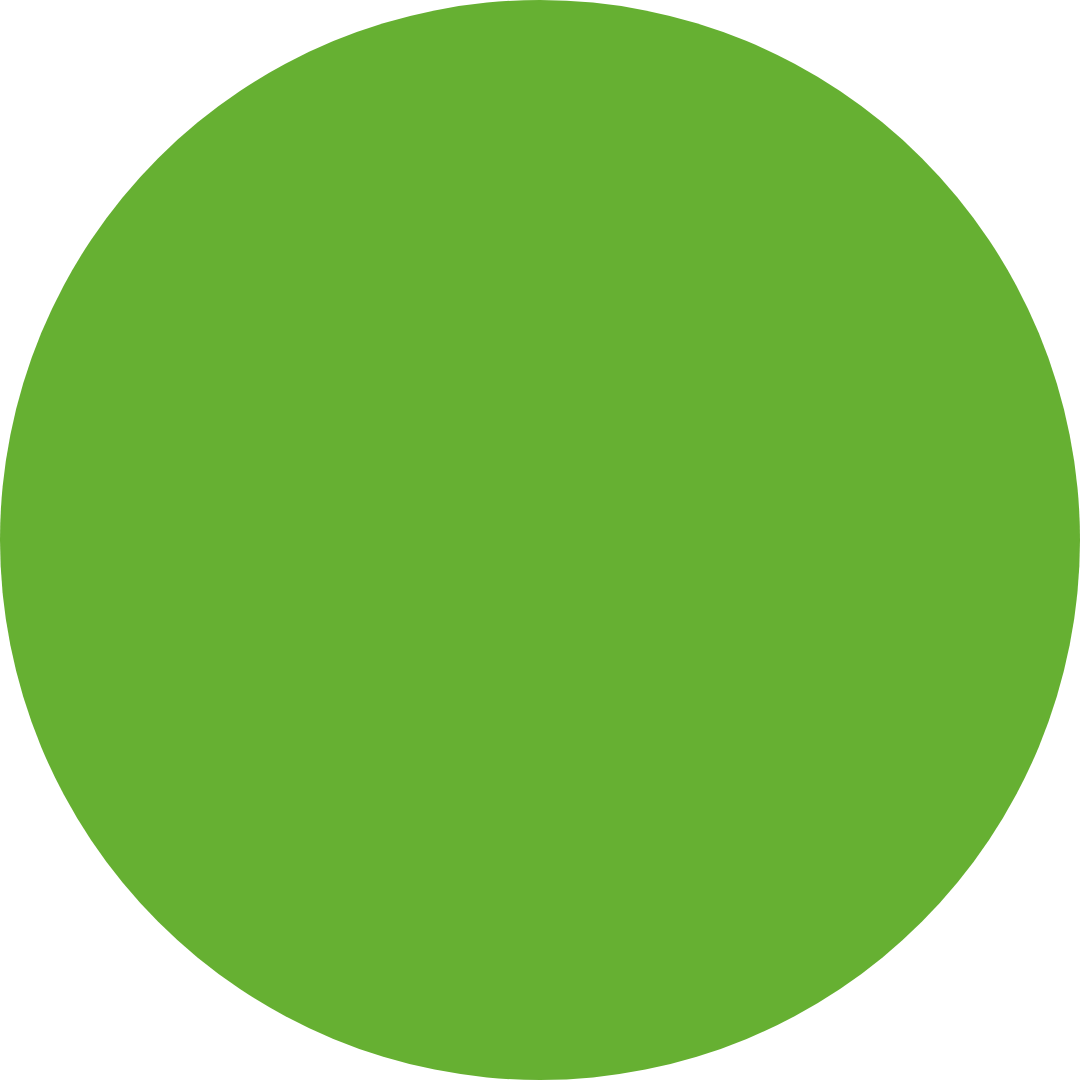 |
Hue | Pure Color |
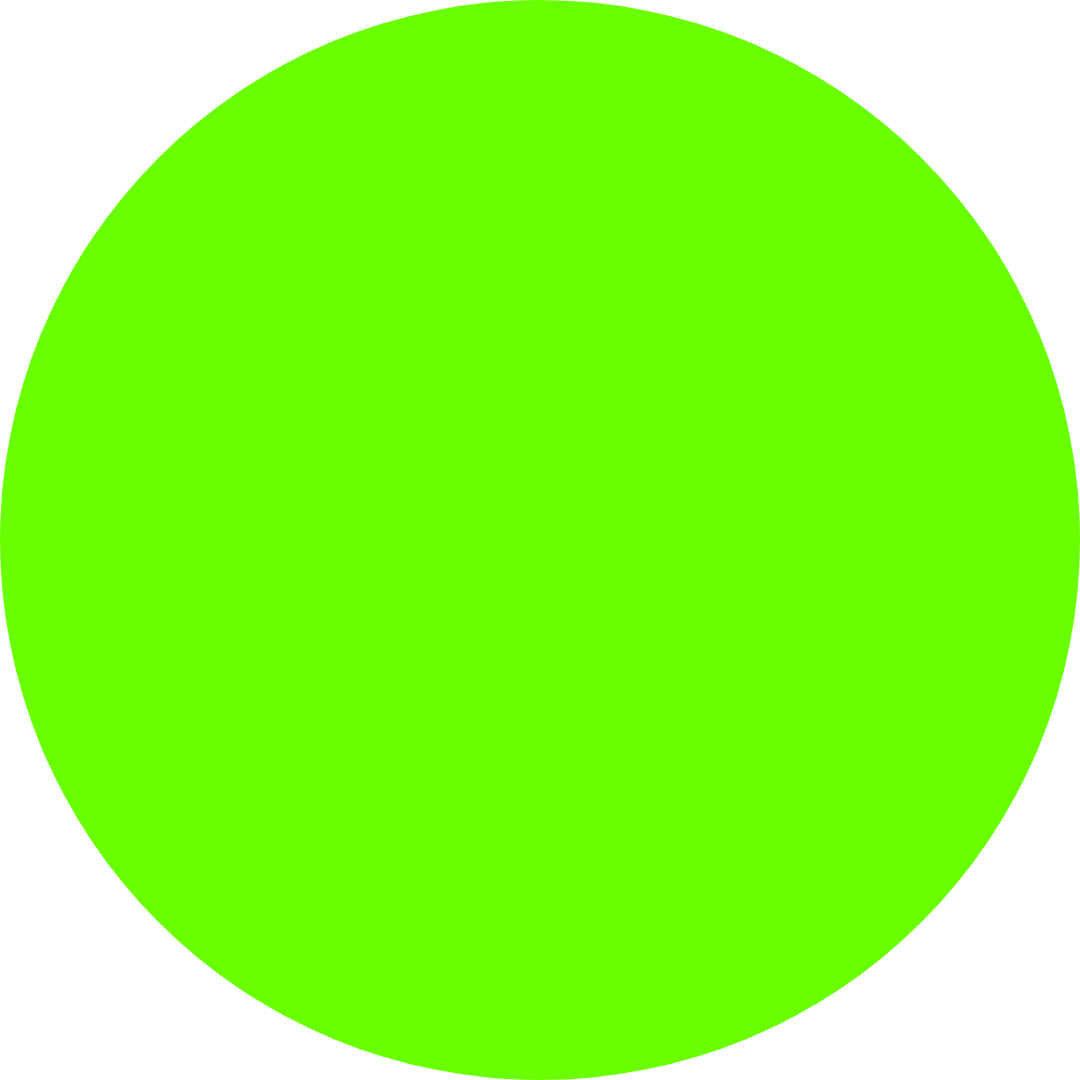 |
Tint | Pure Color + White |
 |
Shade | Pure Color + Black |
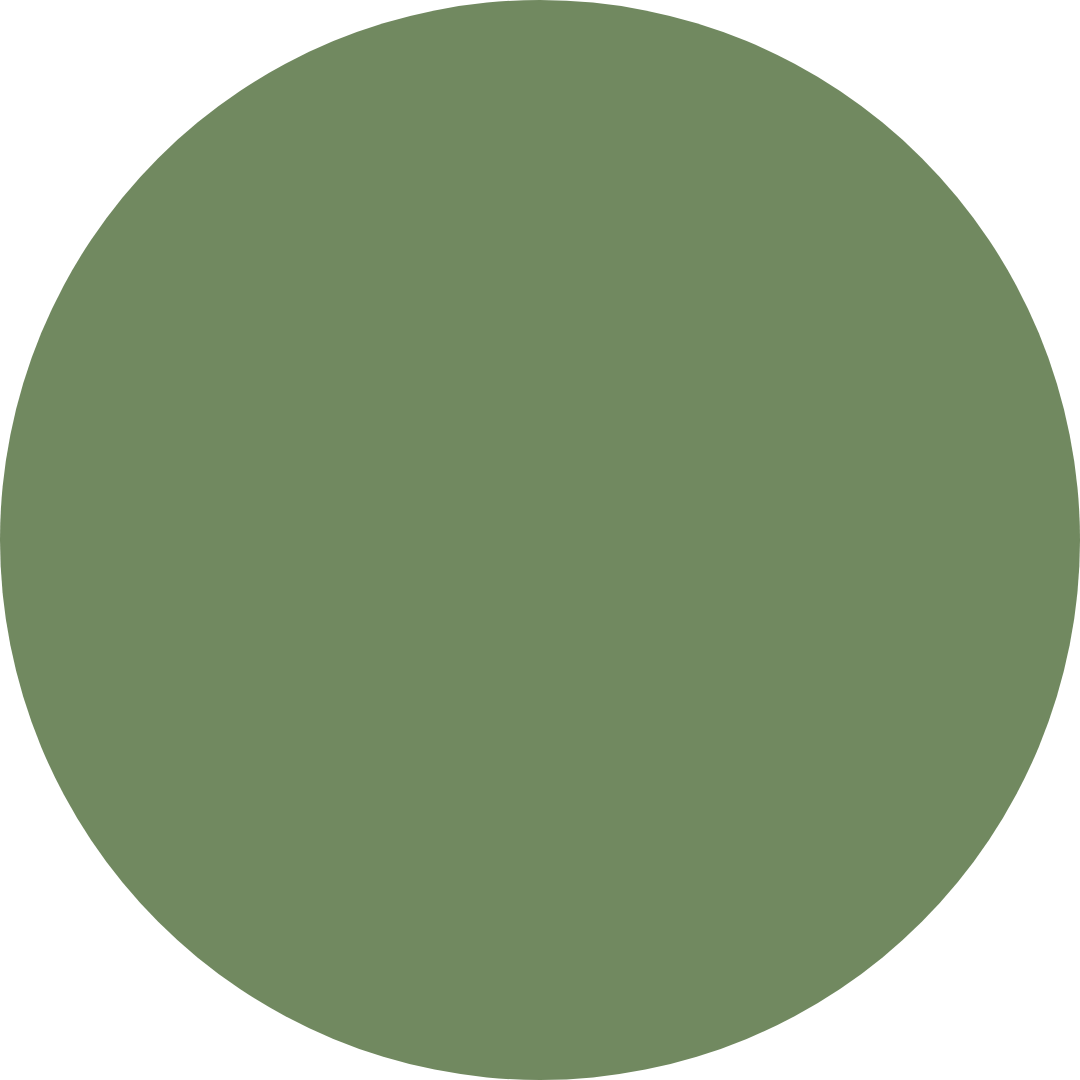 |
Tone | Pure Color + Gray |
Color Harmony
Liam is an SEO/SEM Specialist & Web Designer from Calgary, Alberta. He maintains a passion for contemporary design and everything search engine related. He is an avid gamer and enjoys collecting entertainment memorabilia.
- Monochromatic: various tints, shades, and tones of one color
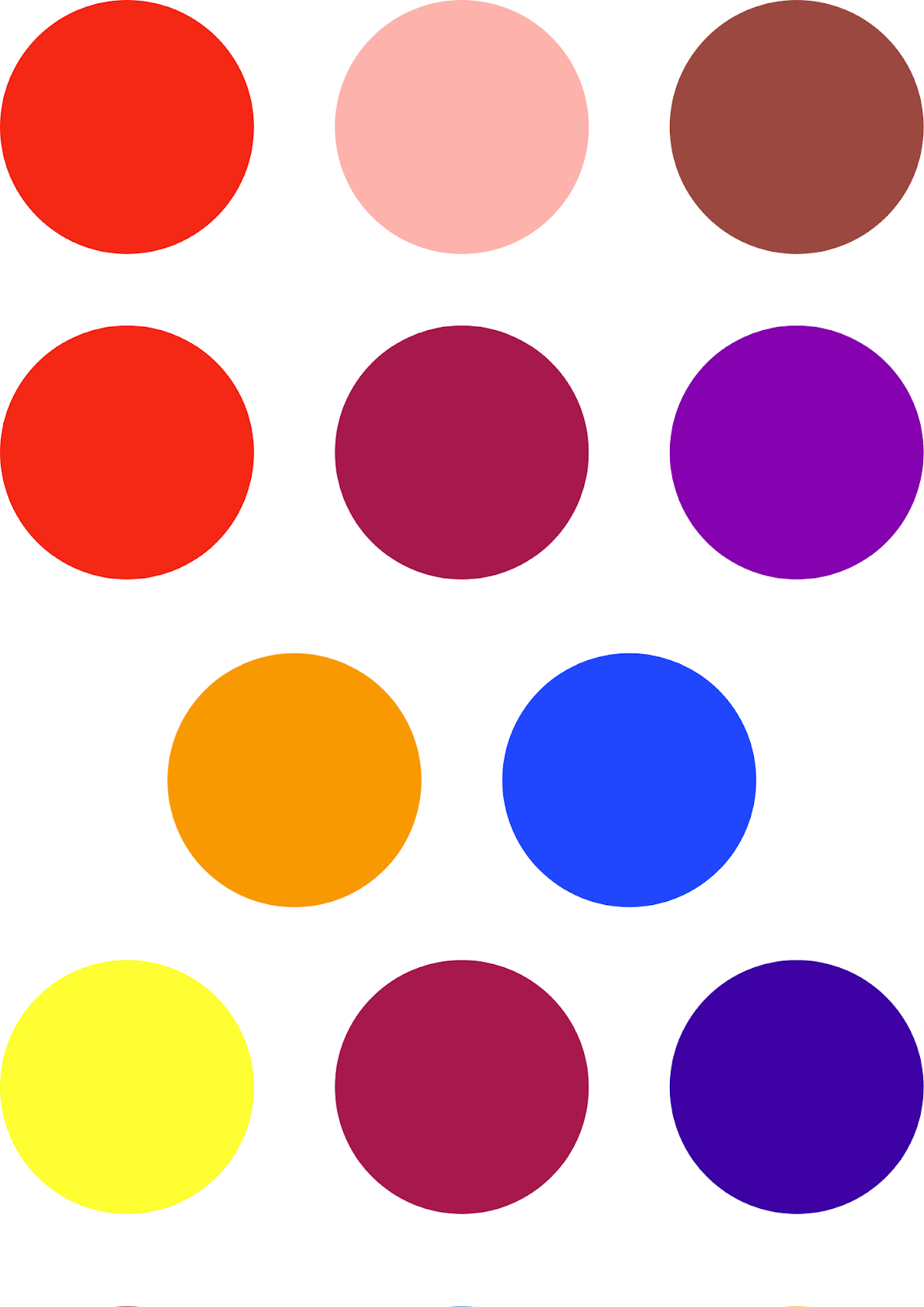
- Analogous: directly beside each other on the color wheel

- Complementary: opposites on the color wheel

- Split-complementary: any hue and two that flank its complementary color

- Triadic: any three colors that are evenly spaced

There are many factors to consider when choosing colors for your eCommerce website, but these factors all work together to give you an idea of the optimal color scheme for your website
“Purchase one of our spa packages to relax, destress, and treat yourself to some much-needed ‘you’ time.”
You can use color in large and small ways on your website. You want your website to align with your branding, but there are details you can experiment with. Let’s look at some examples…
Color’s Role in eCommerce & Branding
If you haven’t already, you need to choose colors for your brand that will translate to your website and appeal to your target audience. Take the above considerations into account, and then ask yourself what you want your brand to mean and reflect.
Color Marketing
For most people, visuals matter the most and customers are the same way. While they may not consciously notice the use of pure red on your call to action button, their subconscious is working all the time and playing a major role in their emotion towards your brand.

Did you know that color increases brand recognition by 80%? When you think of Mcdonald’s, the bright yellow arches immediately come to mind. Color directly links to consumer confidence, and with over 50% of users not returning to websites with poor aesthetics, it’s crucial for eCommerce success and development.
The advertisement on the left is using primarily pink, which is associated with feelings of playfulness and love. While it isn’t the worst choice of color for a spa, we can see the advertisement on the right is much more attractive.
Color & Web Design
Traditionally, a color wheel displays 12 colors, including the primary colors of red, blue, and yellow and the secondary colors of orange, green, and violet. The traditional color wheel also includes tertiary colors of red-orange, yellow-orange, yellow-green, blue-green, blue-violet, and red-violet.
If you want customers to feel relaxed when they come to your website, you’d avoid colors like red and orange that are associated with joy and excitement, and rather choose colors like green, brown, and blue. Therefore, identifying your message is key to choosing the right colors for your website.
It only takes 50 milliseconds for a customer to form an impression about your website, which means you need to ensure visitors have an immediate and positive experience on your eCommerce website.

- Make your call to action buttons red to grab attention and instill a sense of excitement and confidence in your customers
- Use blue throughout your website to communicate a sense of trustworthiness in your brand
- Yellow is a great option to accent products that are supposed to feel fun
Examples of Strong Color Branding
Utilizing specific colors, such as contrasting colors like green and red, alerts users on your eCommerce site that there is important information for customers present.
- Mageworx uses black and white on our website to emphasize the pops of color for green and red-orange that communicate stability, freshness, and excitement.
- Amazon uses a deep blue and rustic orange to instill a sense of trust and fun when you’re on their website.
- Ebay uses the bright, identifiable colors of red, blue, yellow, and green to tell a multifaceted story about their website and available products.
Table of Contents
Choosing the Right Colors for Your eCommerce Website
Your Message: Commerce Colors, Buying Colors, & Shopping Colors
Conversely, shades are often associated with sophistication and luxury.
Color psychology is the study of colors as an influencing factor on human behavior and emotion. Quickly becoming one of the hottest topics in eCommerce marketing, we know that there are colors that make people act and react in certain ways.
Strong color branding is like a stop sign. Regardless of where you are or what you’re doing, a stop sign grabs your attention and you immediately know what is being communicated. Let’s look at some great examples of strong color branding in eCommerce…
HubSpot did a small A/B test on two call to action buttons, one button was green, and the other was red. The red button outperformed the green button by 21%, certainly not a small variance.
Your Audience
That being said, there are colors you can use to communicate, or provoke, certain emotions in your visitors. Some examples include…
- What is my audience receptive to in terms of color?
- What do I want my audience to feel?
- What do I want my audience to do?
By understanding color psychology, you can create branding and marketing that encourages customers to buy based on their emotions and reactions to certain colors.
We can assume that the increased click rate correlates to the color of the button being red as red is an exciting and confident color.
Your Brand
Understanding what colors attract customers to buy can significantly impact the performance of your eCommerce website. Color theory is a complex subject, where science and art collide, and while there isn’t one magic color that can double your sales, you can choose colors that influence a customer’s purchase behavior in your favor.
Color theory is both the science and art of colors and examines how we perceive, mix, and apply color on a day-to-day basis. The goal of color theory is to create a logical structure regarding the use and application of color, and it all begins with the color wheel.
Helpful Tips & Tricks
For example, let’s say you’re trying to sell spa packages. Marketing for a spa is aimed at making customers feel relaxed and rejuvenated, so you’d want to choose colors that reflect that feeling.
- Where do I start?
While the traditional color wheel is a fundamental part of understanding color psychology, there are over 10 million colors that human beings can perceive and therefore, the traditional color wheel alone is insufficient in understanding color theory fully.
- What is the ugliest color?
Designing an eCommerce website is a feat in and of itself, but particularly if you aren’t sure where to begin or what message to send to your audience. Explore design tools to give you a helping hand in designing your website, and to give you insights you may have otherwise missed. Click here to learn more about the design tools available to you, and click here to learn about tools to help you create a high-performing eCommerce website.
- What is the most beautiful color?
The advertisement on the right is more appealing, but why? Studies show that color affects purchase behavior, and these ads are a great example.
Conclusion
Believe it or not, you can use color to intentionally improve the performance of your eCommerce website. The study of color on our behaviors and emotions is called “Color Psychology”, and we’re going to discuss what color psychology is, and how you can utilize the study to generate more traffic and revenue online.

There are plenty of tools available to make choosing effective colors easy. Whether it’s calls-to-action, to encourage buying a product, or making your homepage pop, choosing the right colors is more than an artistic decision – it’s a business decision.
Image Source
